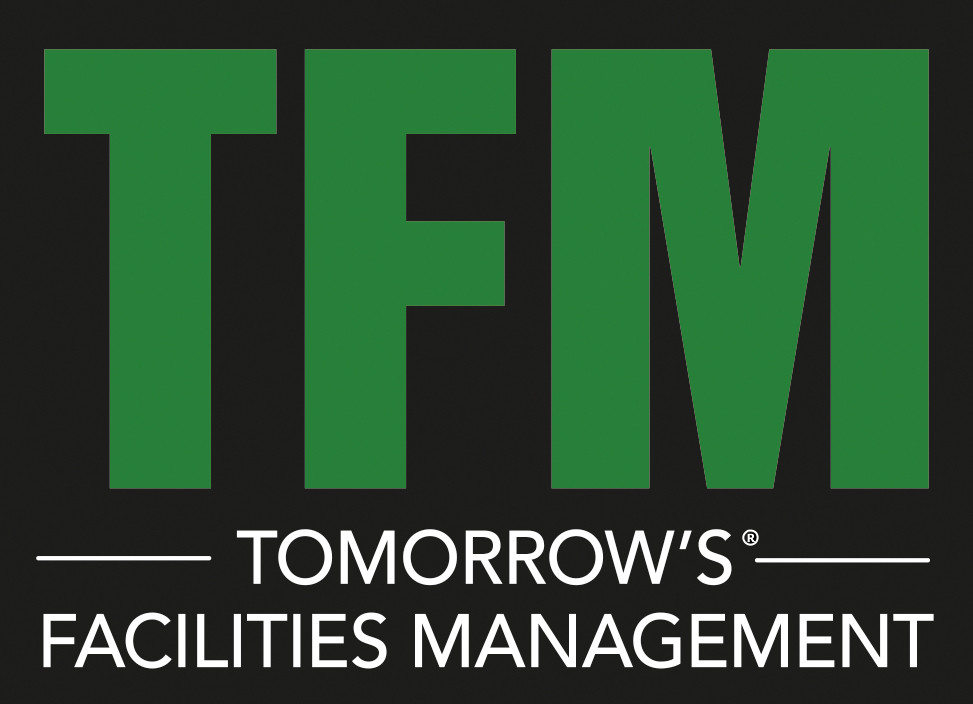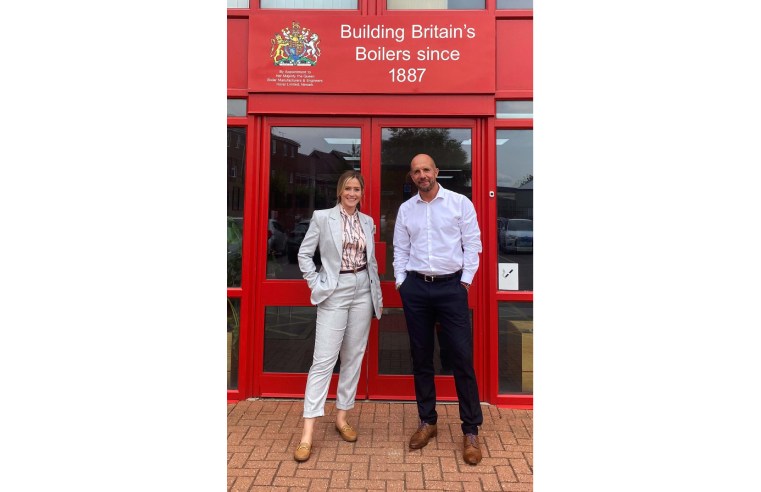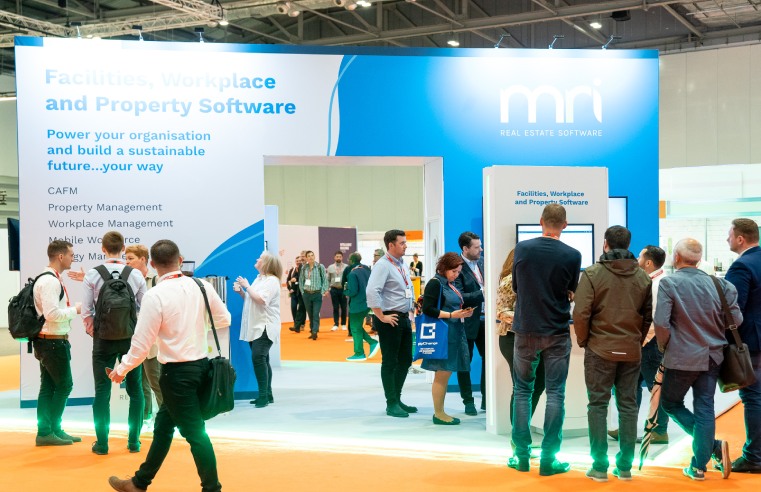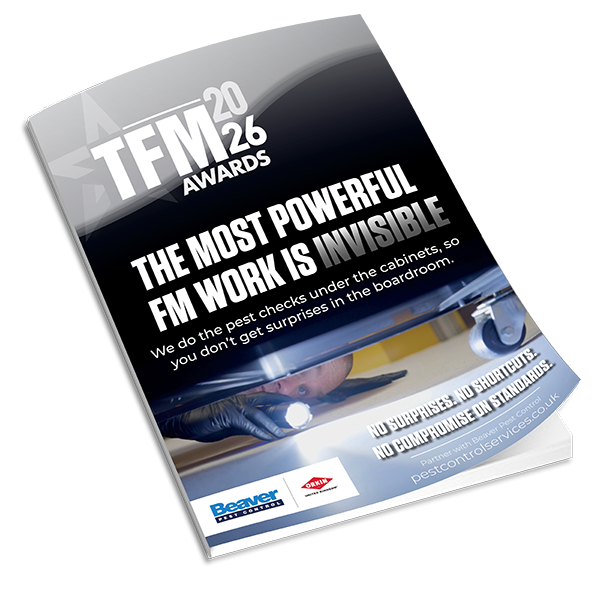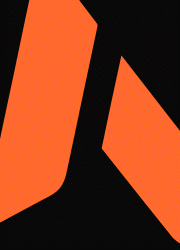Jon Seal, MD at technologywithin, explains why technological investment is vital to future-proofing our commercial spaces.
As we build back better from Covid-19, we must not neglect the state of our built environment, which contributes 40% to the UK’s carbon footprint. In fact, with 80% of buildings that will be in use by 2050 having already been constructed, addressing the inefficiency of existing structures will be vital to the UK achieving its 2050 net-zero carbon emissions target.
CRE makes up a large part of this challenge and as the sustainability agenda becomes an increasingly influential factor for tenants, landlords must explore how they can tackle emissions. Through effective investment in technology, from smart heating systems to robust connectivity infrastructure, CRE landlords can do their part to improve the efficiency of our buildings and cut down emissions for a cleaner future.
Cutting carbon and cutting costs
In London, where close to 80% of CO2 emissions come from homes and offices, emissions fell by almost 60% during the first lockdown as workers were forced to abandon their workplaces and work from home.
Tasked with cutting emissions by 78% in the next 14 years, commercial landlords can play a key role taking steps to make these environmental benefits more permanent without the negative consequences lockdown measures had on businesses and workers. Undoubtedly, our office environments will require urgent attention in order to meet the Government’s lofty targets.
Indeed, with an estimated 19% of greenhouse gas emissions caused by heating alone, this seems a good place to start. To reduce this, IoT technology combined with smart sensors can help to monitor occupancy and footfall in a building. Only when a sensor is triggered, indicating somebody is currently using a part of the building, is the heating system activated. Combined with artificial intelligence, these systems can achieve optimal efficiency by moderating thermal comfort and adjusting the temperature accordingly.
In the US, the use of smart HVAC systems has been found to reduce buildings’ daily energy usage by as much as 20%. Not only will this provide immediate sustainability benefits, but it will also free up funds for further investment in emissions-reducing solutions.
Meeting tenant values
Social responsibility aside, taking steps to reduce the footprint of our buildings makes commercial sense. Businesses are increasingly recognising the importance of environmental, social and corporate governance, and are constantly considering how their decisions will impact the environment, stakeholders, employees and clients. The pandemic has only strengthened this priority, with over 70% of businesses stating that sustainability will become more important for them as a result of the pandemic.
In the competitive post-pandemic market, landlords can stand out by aligning with the values of potential customers and investing appropriately. Those that do can expect future-proof returns — Data shows that buildings with even an EPC rating of C outperform average rental performance by 11%, rising to 17% for buildings with an A or B rating.
Preparing for the future
While it's important that the 2050 net-zero target is met, landlords must not neglect clients’ other demands and desires. Helping to streamline processes, boost productivity, and safeguard sensitive documents and data, technology remains the top priority for many businesses.
With 5G technology ideal for connecting vast networks of IoT devices, this will be crucial to enabling our future ultra-smart workplaces where everything from light switches to smart printers will rely on a high-speed mobile connection, for instance.
Property owners who invest now will avoid costly financial impacts further down the line, when the necessity of new technologies becomes more apparent. That could be sooner than expected — With 64% of UK businesses seeking to ‘reinvent’ flexibility for their workforce, enabling employees to split their time between home and workplace, offices will need the digital infrastructure to support this dispersed workforce, and manage high volumes of video conferencing and remote network access.
Plus, by enabling workers to make fewer trips back and forth from the office, providing the technology infrastructure to support effective remote working can help to reduce emissions in the transport sector too.
No longer an optional investment
With working norms drastically altered, technology - previously considered a nice-to-have by many employers - will be necessary to the running of a post-Covid office. In the long term, this necessity will only increase. With the first of the UK’s carbon goals just 14 years away, CRE landlords must now begin to invest in solutions to cut down emissions, show sustainability-focused clients they’re doing their part, and future-proof their commercial spaces.



